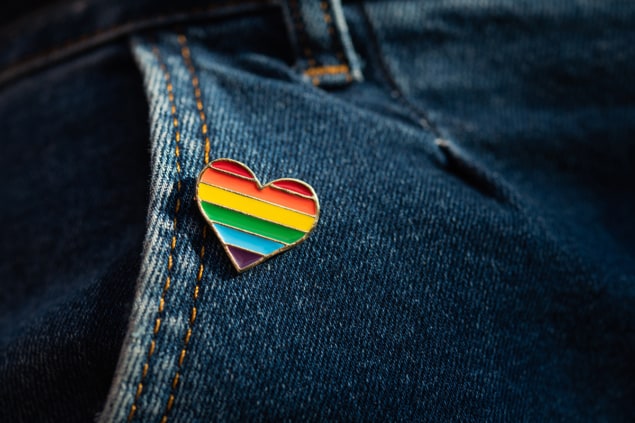
LGBTQA scientists (defined in these studies as lesbian, gay, bisexual, transgender, asexual or otherwise queer) who hide their identities while at work have been found to produce fewer peer-reviewed publications than those who are more open about their sexuality and gender identity. That is according to an analysis of two US-based surveys, the findings of which highlight the productivity cost of workplaces that are unwelcoming to sexual and gender minorities (PLOS ONE 17 e0263728).
The surveys were conducted by Jeremy Yoder, a biologist at California State University Northridge, and colleagues. In 2013, the team carried out an online survey of more than 600 LGBTQA science, technology, engineering and maths (STEM) professionals. Participants were asked about their publication count, sexual and gender identity, openness about their LGBTQA identity at work, and career position.
The researchers found that those who did not disclose their LGBTQA identities in professional settings had written significantly fewer peer-reviewed publications. But they also found that those in more senior positions had a higher publication rate and were more likely to be open about their sexual and gender identities.
To tease out if respondents who were not open about their identities were mainly early-career scientists with naturally lower publication rates, or not, the team conducted another survey in 2016 of almost 1800 STEM professionals. This time they included non-LGBTQA scientists and, to control for career stage, asked respondents how long it had been since their first publication. They found that openly gay and bisexual men had a comparable number of publications to straight men, while women and LGBTQA scientists who did not discuss their identities at work all reported fewer publications.
The researchers’ modelling predicts that over a 20-year publication career, non-LGBTQA men will write 27 papers, on average, while non-LGBTQA female scientists will produce 17 papers. Over the same period, gay, bisexual, asexual or otherwise queer male and non-binary academics who are open about their identity will publish around 24 papers whereas disclosing female lesbian, gay, bisexual, asexual or otherwise queer female scientists will produce 20 papers.
Among those who do not disclose their identities at work, male academics were found to publish just 15 papers while female and non-binary scientists have the lowest productivity at 13 published papers. LGBT+ scientists consider leaving work because of discrimination
“It makes a good deal of sense that working without being able to express a key aspect of your identity is often stressful and would reduce your sense of belonging in a particular workplace and overall career path,” Yoder told Physics World.
He adds that LGBTQA scientists are more likely to be “out” when they consider their workplaces to be safe and welcoming. “What we’ve seen in our work is that LGBTQA scientists are keenly aware of what acceptance they can expect from their colleagues – and when they find that acceptance, they’re better able to contribute to science,” Yoder adds.



